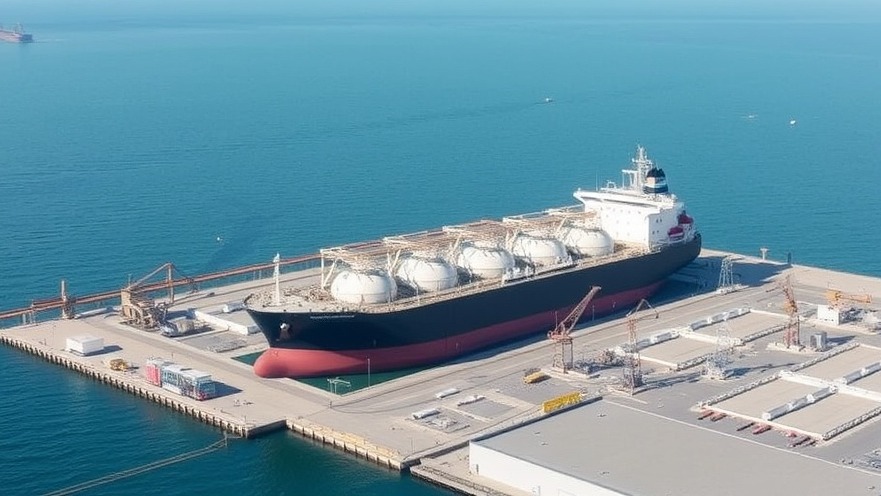
Understanding the Natural Gas Dilemma in West Texas
West Texas is at a crossroads. Renowned for producing 40% of the nation’s crude oil, this region also holds vast reserves of natural gas that could potentially fuel the ever-expanding artificial intelligence (AI) data center market. Yet, despite this wealth of energy resources, the region grapples with significant challenges in transporting that gas efficiently to where it's needed most.
The Infrastructure Conundrum
As highlighted in a recent study, the crux of the issue lies in inadequate infrastructure. Ed Longanecker, president of the Texas Independent Producers and Royalty Owners Association, points out that simply having natural gas production isn’t enough. Efficient transportation is crucial. The existing pipelines in the Permian Basin are stretched thin, only capable of managing daily transport of 6.5 billion cubic feet. This limitation places West Texas at a disadvantage compared to its counterparts, such as the Eagle Ford and Haynesville shale regions, which possess better infrastructure to support the burgeoning demands of data centers.
Competing for Resources
Companies in West Texas, eager to tap into the lucrative market of data centers powering AI technologies, now face stiff competition. The Eagle Ford and Haynesville basins boast efficient energy corridors with fewer bottlenecks and closer proximity to liquefied natural gas hubs, making them appealing to companies seeking reliable natural gas supplies. This situation further exacerbates West Texas's plight, as oil and gas operators must vie for attention and contracts against more strategically positioned regions.
Forecasting the Energy Demand
The demand for energy, particularly from AI data centers, is projected to surge dramatically. Experts suggest that the U.S. will need to add about 400 terawatts of electricity over the next five years just to keep up with the energy hunger of the AI sector. The Electric Reliability Council of Texas predicts that by 2030, its operations may need to double to satisfy this explosive growth.
Turning Challenges Into Opportunities
What does this mean for West Texas? The region possesses an opportunity to pivot from a financial drain into a profitable energy provider. The natural gas that accompanies oil production, often viewed as a liability, could instead become a major asset if the necessary infrastructure, such as gas plants and additional pipelines, are developed. Investment in these projects is crucial, as billions are already being funneled into West Texas by major oil companies. Yet, the rollout cannot happen overnight, indicating that West Texas must develop a longer-term strategy to compete effectively.
Support for Infrastructure Growth
A robust infrastructure network is not just a matter of convenience; it’s essential for ensuring a reliable energy supply for both the oil and gas industries and the growing data center market. Legislative support, financial backing, and collaborative initiatives between private and public sectors could drive the changes necessary to enhance pipeline capacity and energy generation facilities.
Conclusion: A Call for Action to Transform Potential Into Reality
As the West Texas energy landscape evolves, there’s a clear message: stakeholders must act. By enhancing the region's natural gas infrastructure, it can more effectively service the high demands of AI data centers, turning a geographical disadvantage into a competitive edge. The potential is great, but it requires vision, investment, and collective effort.
 Add Element
Add Element  Add Row
Add Row 



Write A Comment